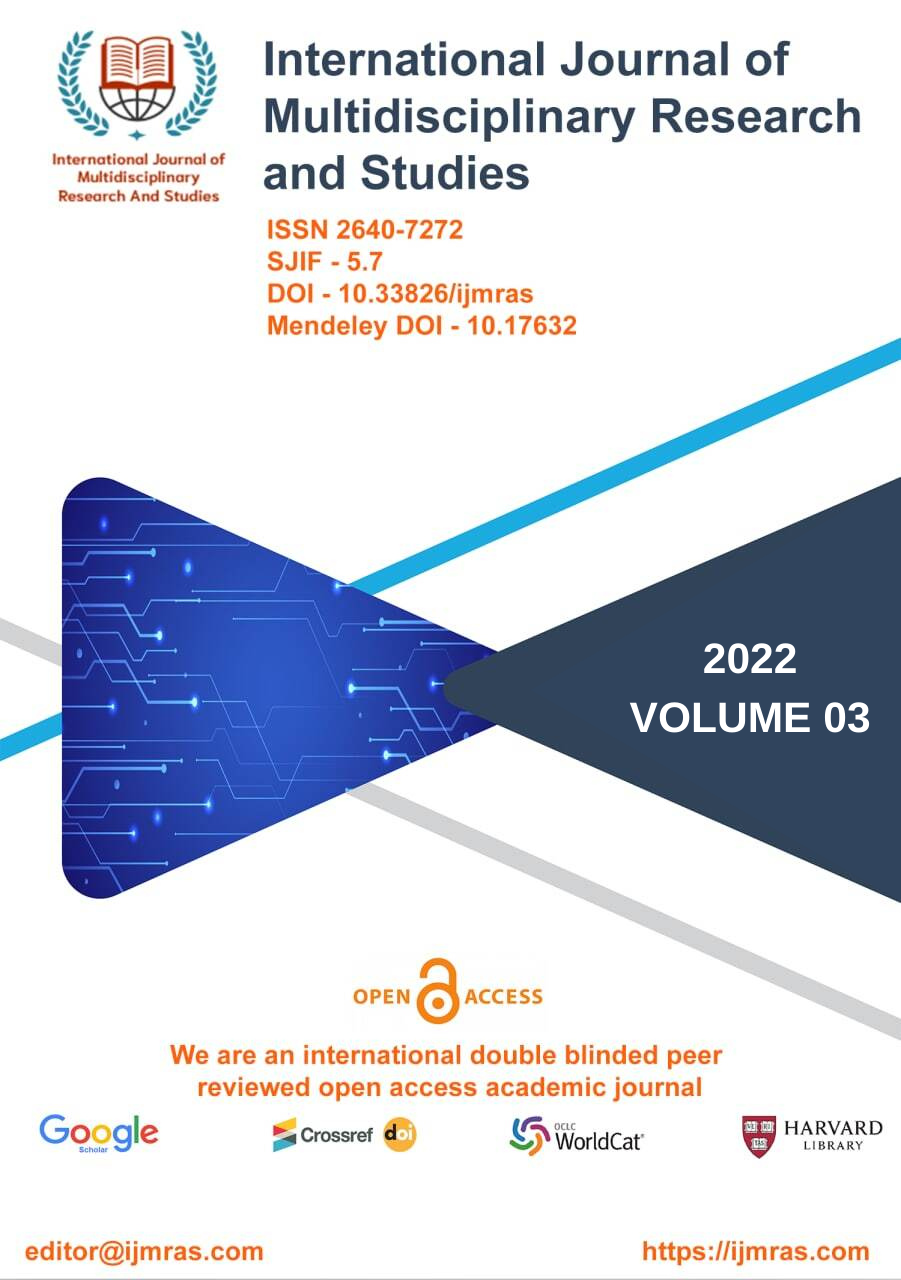ISOLATION IDENTIFICATION AND CONTROL OF FUNGAL DISEASE OF ANY FRUIT TREE

Abstract
Pome fruit postharvest infections are currently mostly managed through pre- and postharvest handling procedures and the use of synthetic fungicides. But the deregistration of potent and widely-used fungicides, the emergence of fungicide-resistant postharvest pathogen strains, the rise of integrated pest management (IPM), and the shift toward organic farming have all heightened the need for the development of alternative control strategies (Russell, 2005). Consumer resistance to chemical residues in food and public worry about synthetic fungicides reinforce this need. Pre-harvest management. The preharvest management of postharvest infections involves multiple fungicide applications. Depending on local laws, different countries may have a different quantity of active components. There are often two to four particular pre-harvest fungicide treatments against post-harvest diseases, which are sprayed right before harvest. Many nations currently forbid the use of active ingredient groups like oxyfluoride and benzimidazole (carbendazim, thiophanate methyl), which have a significant impact on the management of postharvest diseases of apples and pears. There is no published data on pathogenic fungi which cause the post-harvest illnesses associated with local fruits. Present examination was carried out to investigate of numerous fungal pathogens responsible for the post-harvest, decay and deterioration of commercially important fruits from the Cacher area of Assam.
Keywords
Fungal, Fruit Tree, Cacher area, commercially important fruitsHow to Cite
License
Copyright (c) 2020 Sushma kumari

This work is licensed under a Creative Commons Attribution 4.0 International License.
Individual articles are published Open Access under the Creative Commons Licence: CC-BY 4.0.



